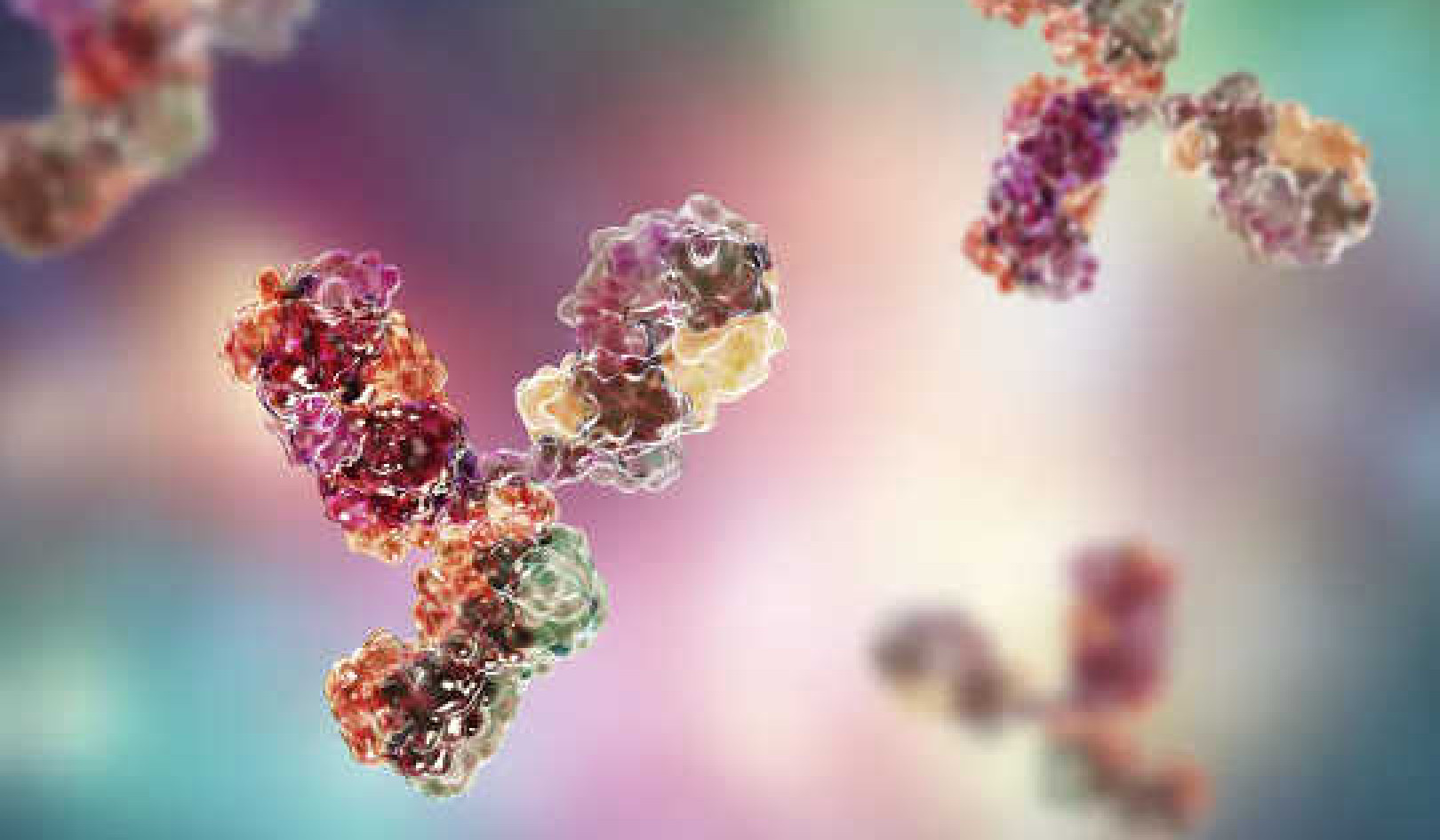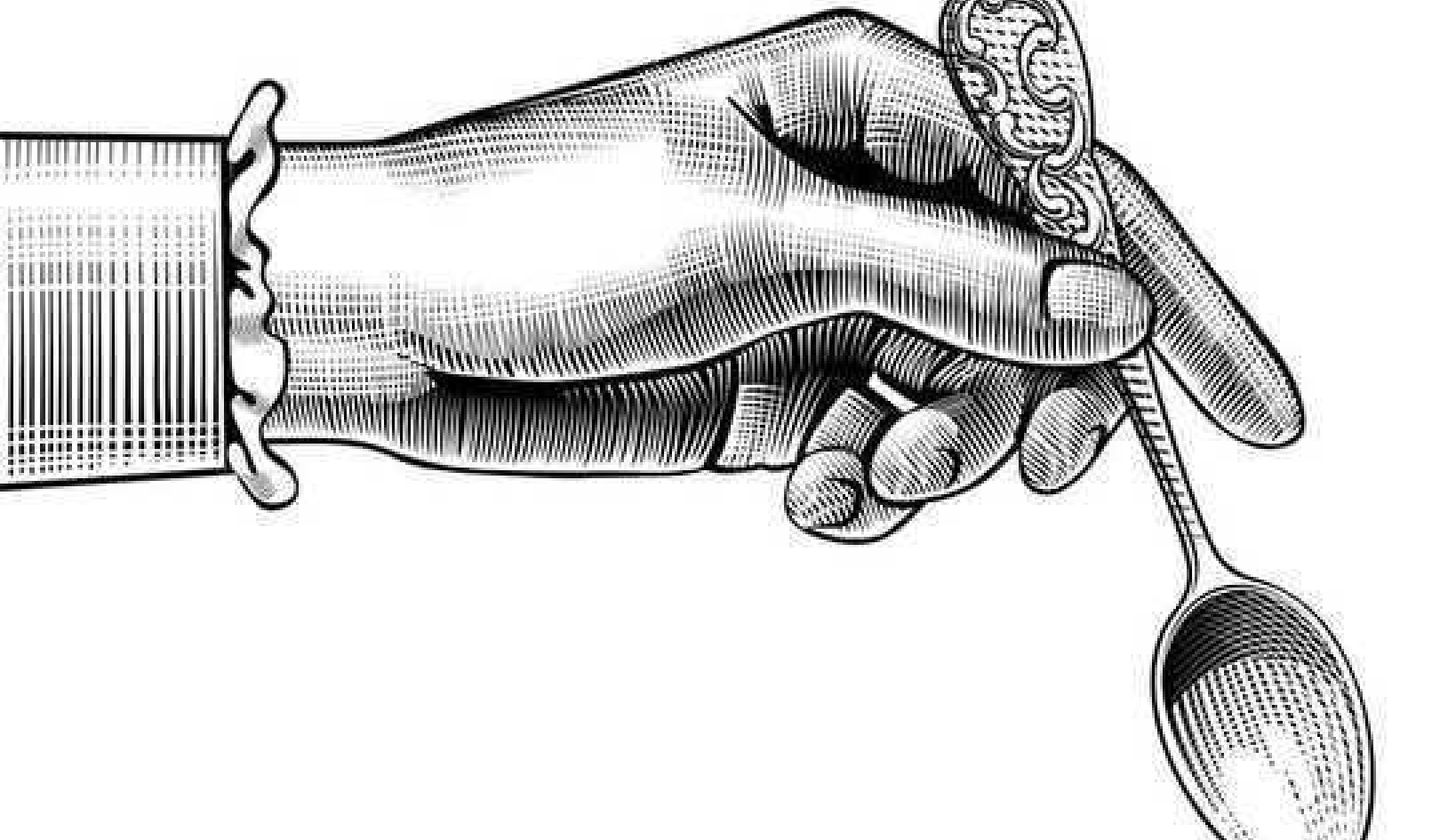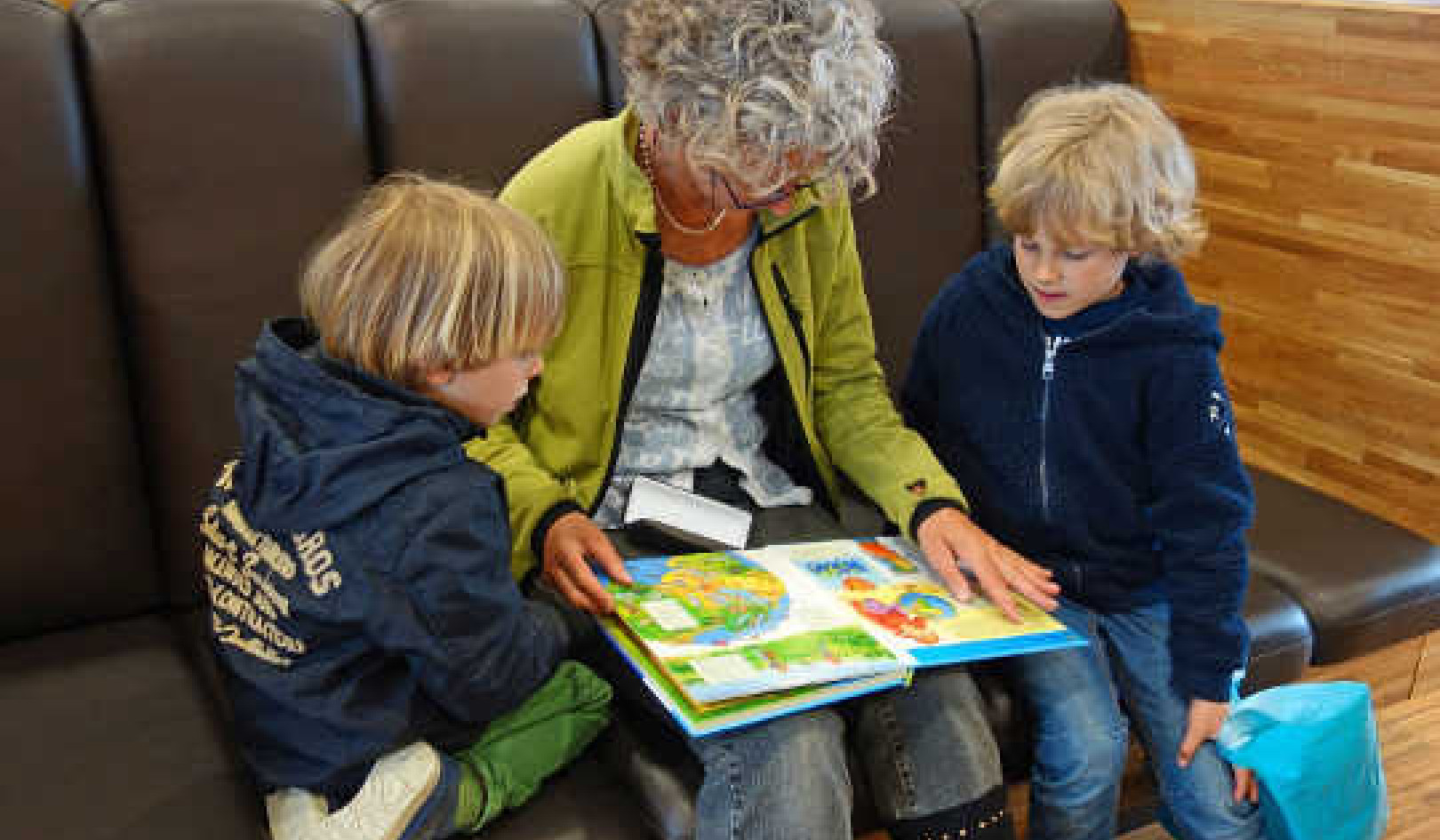
Image by DreamyArt
The survival instinct is the fundamental component of the sacred. It is not to be confused with the fear of death. The fear of death arises out of a lack of love.
Love leads you to talk to the rain, the rivers and the trees, the cliffs and the birds; it leads you onto a common path, to a universal communion able, in turn, to conceive the will to vanish into everything, to give oneself, and to enjoy the impermanence without which it would be impossible to give oneself in every instant. The survival instinct is the assertion of impermanence, inasmuch as everything in this world is asserted thanks to its opposite, and a force to be exerted needs a resistance.
The fear of death is tied to the deceptive idea of oneself as an individual separate from the whole. One’s fear of death diminishes as the illusion of being separate from the All dissolves.
Freedom in life is undoubtedly a life lived without fear. The unconscious fear of death influences every aspect of human behavior; the relationship with others and ourselves is founded on it.
The fear of death is a main player in our relationships with our partners and with money; it strongly conditions our state of psycho-physical health, daily stress, quality of rest, eating habits, and minor and major choices in life. When the subconscious fear of death is very strong, we live on a purely analytical and mental plane where ideas are sterile, whereas in the absence of fear ideas are full of love and fertile.
Over the centuries, the differing traditions have undoubtedly created differing imaginal traditions to which the populations have unconsciously adapted. Individuals are governable, measurable, and predictable as long as the symbols of their own cultural background act within them automatically, even filtering their perceptions and forcing them to see, hear, touch, smell, and taste according to a given set of values that align the senses—mental operations—with the standard functions and answers common to that culture. From a dialectic point of view, freedom is freedom from something, so our possibility of freedom is tied to the existence of a world that is not free.
The Calculation of Personal Advantage and Disadvantage
The parameters of good and evil, health and illness, and so on, on which the mind focuses, are socially induced. Nature moves toward beauty, not goodness, which is a concept created by the human mind. To achieve power the mind creates its own scale of values with the aim of making nature and the body controllable, measurable, predictable, and governable.
The knowledge used to achieve power and control—not love and self-giving—is exerted through theories that express a technical kind of know-how, which is aimed at power. This technical know-how is the knowledge of a mental model of reality, not of natural reality, which is pure emptiness, impermanence, self-giving, beauty, love. It is not correct to state that natural reality is unknowable; it is knowable through love, through becoming that which is known.
The problem with technical knowledge aimed at control is that the supporting theories can be manipulated. Because the concepts of good, health, and truth are abstract they can thus be manipulated. When one makes an effort to think about one’s own well-being or health, one doesn’t actually think about one’s own well-being or health at all but rather about the well-being and health of the system that determines the models of health and well-being.
So the world can essentially be grouped into two categories of people: those who believe in social values and respect them, and those who have understood that such values have no reason to exist in nature. In the latter category we find magicians, artists, hermits, ascetics, monks, and spiritual persons.
Deviation
The freedom from the hypnotism generated by the values of good and evil might be thought to imply a great risk, that of slipping adrift toward deviation, which is a lack of control such as in madness, greed, perversion, Satanism.
All these traits are the consequence of the exacerbated control and pressure of the values of good and evil, not of freedom. The natural energies are suppressed by the exertion of mental control out of fear and the lack of love and beauty. When the psyche’s natural forces are overcompressed, a sort of psychosis arises, with thought drifting inexorably toward the thirst for power, perversion, and other deviant manifestations.
In our society, the possibility of achieving power goes hand in hand with a psyche affected by lucid madness. When the gods, which are our most powerful psychic forces, our ideas, are not recognized but repressed, they end up over-running the mind and taking hold of reality in a devastating manner.
Balance in the Psyche and the World
The gods transcend the sphere of individuality. We must think of the gods in depersonalized terms. If the gods blow the minds of certain individuals, leading them to commit heinous crimes in the name of crazy religious, economic, or political theories, it is without doubt because there are other individuals in another part of the world who are strongly repressing natural energies, failing to recognize the wild dimension of the psyche in an attempt to dominate nature and the world.
Balance in the psyche and in the world is to be considered with a mind free from the sense of individuality and materialism. Just as a person can be overcome by the forces of his own psyche, which he tries to repress out of fear, so is the world overridden by the very energies it wants to control.
The Two Ways Of Fighting
Self-giving is the ultimate emotion, which is the purest expression of love. The natural fight for survival is the manifestation of beauty, devoid of guilt or prejudice. Individuals fight under manipulation, triggered by the theories of good and bad, right and wrong, true and false.
A wise person, a spiritual person, is not one who no longer fights but one who fights for love. Such a one doesn’t suffer the conflict, is not weakened by the blows of the enemy, is not angry with the enemy, is not feeling judgment or guilt. Such a person doesn’t fight for a system but for the soul.
The true spiritualist, just like Arjuna in the Bhagavad Gita, does not give up the fight. He knows that everything is perfect just as it is, that actually there is nothing to change in the world. He expresses himself in battle to manifest beauty, just as an artist expresses himself or herself in a work of art. The battle of the spiritualist, like that of the artist, does not give rise to suffering but instead to continual regeneration.
The free person fights for the emotion of love; the battle is creative, not destructive. The individual fights laboriously for personal advantage, without realizing that the mind that is calculating the personal pros and cons is, in actual fact, a tool that is and can be manipulated. Consequently such individuals fight for the system, even when they believe they are fighting against it.
Health and Sickness
When a free person falls ill he or she wonders what kind of emotion the illness will bring with it. Such persons delve into their own illness to search for the repressed sentiment: they look for it, love it, free it, live it, and sublimate it into the ecstasy of love between the human being and the Divine. Free individuals recognize the illness as the call of the shadows. And they bravely walk toward those shadows.
The shadows beckon when a primeval balance, a universal order, has been broken and needs to be reestablished. Beauty is harmony between light and shadow, death and life, dreaming and awaking.
When this harmony is shattered because, for example, one has forgotten one’s invisible soul and has over-pursued the material values of the world, then the soul beckons from the world of invisibility, and its voice appears in the visible world in the form of disease, unease, and difficulty.
The spiritual person recognizes this and celebrates the call of the soul by venturing into the shadows, giving oneself up to the emotions that come with this, going the distance with the troubling experience that self-giving is, that beauty is.
Social individuals only want to sedate the call of the soul and anesthetize the voice of the gods, which are expressed through their own organs. The imperative function of any therapy is to soothe the soul’s impact on life, keeping control—that is, the illusion of power—over body and nature.
The social individual generally chooses the therapeutic path. The free person generally chooses the aesthetic path. Both individuals may experience the same events; for example, both may choose surgery or medicine. What differs is the way each one lives the event. Pushed by fear, the social individual fights the illness to maintain control over one’s own body, mind, life, and nature. Facing the same illness, the spiritual person fights to reestablish the balance between visible and invisible, to give back power to the soul.
The Ritual of Healing
Every time the primeval balance or universal order is broken; every time the deal with nature—the deal between Poseidon and Minos—is betrayed, every time beauty fails, then an illness, an unease, a disturbance, or a problem crops up, which has the task of putting things right.
In this sense our sicknesses, our disturbances, our unease, and our problems are indeed our biggest heritage: they are the voice of our soul calling from the realms of invisibility, the world beyond this world.
Once the balance has been broken on both sides the problem arises of where to direct our conscious attention: toward Minos, the “I” that wants control and power, or toward Poseidon, nature.
In truth, this problem can only be solved by reestablishing the balance between the “I” and nature and by developing an awareness that is well centered between the opposites. In duality one is overwhelmed. Duality implies either residing only in the mind or residing solely in the natural experience.
Take, for example, a person diagnosed with cancer who decides to entrust the management of his health solely to the so-called medical science. He will have made a unilateral choice of delegating the care of his health to a principle outside himself—doctors, drugs, surgery—a therapeutic principle based on a mental model of reality in which the body is a material object.
But a similar unilateral and unbalanced choice will also be made if a person decides to let nature run its course without having accomplished a true and proper healing ritual, confiding solely in the possibility that the body heals itself.
The path of sameness always implies a ritual for the reestablishment of the lost balance. This ritual must be perceived by every aspect of the person: body, feelings, and mind. This means that it must touch on gesture, emotion, and thought. It must also be perceived as a ritual of power by the sick person’s ancestors, whether they reside on this or that side of the Great Threshold. It has to be a powerful ritual to face up to the information coming from the sick person’s social and family system, cultural background, and above all imaginal tradition. The ritual has to impress, upset, shake, enchant.
There is undoubtedly a Western imaginal tradition and an Eastern imaginal tradition, and they differ. For someone belonging to the Tibetan Burmese Eng tribal group, living in a hut in the midst of the forest in Myanmar with an unaltered animist tradition going back to prehistoric times, a shamanic ritual centered on the sacrifice of a rooster, the beating of a drum, and ecstatic trance can be extremely effective. For a person with a Western imaginal tradition like ours, surgery can be a ritual capable of reestablishing the lost balance. That which is really important goes on inside the sick person and lies with the ability to turn a dramatic event into a ritual of sacrifice whereby the “I,” the mind, may surrender, and the whole person may surrender to the mystery of invisibility, thus reestablishing the lost balance.
So it is not the cure itself that is effective but rather the way in which it is experienced. This explains why two people with the same illness and at the same stage, undergoing the same treatment, may face two differing prognoses.
The cure becomes rite at the moment of the ritual sacrifice, the sacrum facere, when the white bull (symbol of power) is returned to Poseidon (symbol of nature’s divinity) by Minos (symbol of “I”), thus reestablishing the balance between human and nature.
If the rite is performed during the illness, the latter becomes the chance of a lifetime for the liberation of a human being. The same observations on illness can be applied to mental problems, emotional unrest, and, generally speaking, to life’s troubles and problems.
Reprinted with permission of the publisher,
Inner Traditions International. ©2019.
www.innertraditions.com.
Article Source
The Mother Mantra: The Ancient Shamanic Yoga of Non-Duality
by Selene Calloni Williams
 Hidden at the heart of nearly all spiritual and esoteric traditions lies the powerful teachings of the Mother Mantra. Its initiates have preserved its consciousness-expanding techniques for millennia. Originating in the ancient practice of shamanic yoga, this tradition allows us to perceive the full complexity of reality. It helps us see both the visible and the invisible, moving beyond the consciousness of duality that limits us to only the material world. Operating in this heightened state of non-ordinary consciousness, we can see beyond our subconscious programming and behavior patterns and understand our possibilities and powers. By removing all fear, it allows you to love yourself exactly as you are.
Hidden at the heart of nearly all spiritual and esoteric traditions lies the powerful teachings of the Mother Mantra. Its initiates have preserved its consciousness-expanding techniques for millennia. Originating in the ancient practice of shamanic yoga, this tradition allows us to perceive the full complexity of reality. It helps us see both the visible and the invisible, moving beyond the consciousness of duality that limits us to only the material world. Operating in this heightened state of non-ordinary consciousness, we can see beyond our subconscious programming and behavior patterns and understand our possibilities and powers. By removing all fear, it allows you to love yourself exactly as you are.
Click here for more info and/or to order this paperback book and/or download the Kindle edition.
More Books by this Author
About the Author
 Selene Calloni Williams, with a degree in psychology and master’s in screen writing, has authored several books and documentaries on psychology, deep ecology, shamanism, yoga, philosophy, and anthropology. A direct student of James Hillman, she studied and practiced Buddhist meditation in the hermitages of the forests of Sri Lanka and is an initiate of Shamanic Tantric Yoga. She is the founder and the director of the Imaginal Academy Institute in Switzerland. Visit her website at https://selenecalloniwilliams.com/en
Selene Calloni Williams, with a degree in psychology and master’s in screen writing, has authored several books and documentaries on psychology, deep ecology, shamanism, yoga, philosophy, and anthropology. A direct student of James Hillman, she studied and practiced Buddhist meditation in the hermitages of the forests of Sri Lanka and is an initiate of Shamanic Tantric Yoga. She is the founder and the director of the Imaginal Academy Institute in Switzerland. Visit her website at https://selenecalloniwilliams.com/en



























